Creating a menu for a pub, things to consider
Creating a menu for a pub is more than just listing dishes; it’s about crafting an experience that aligns with the pub’s unique atmosphere and culture. A well-thought-out menu should reflect the pub’s identity, entice patrons, and pair harmoniously with the drink offerings. Here’s how to create a pub menu that’s not only appetising but also memorable.
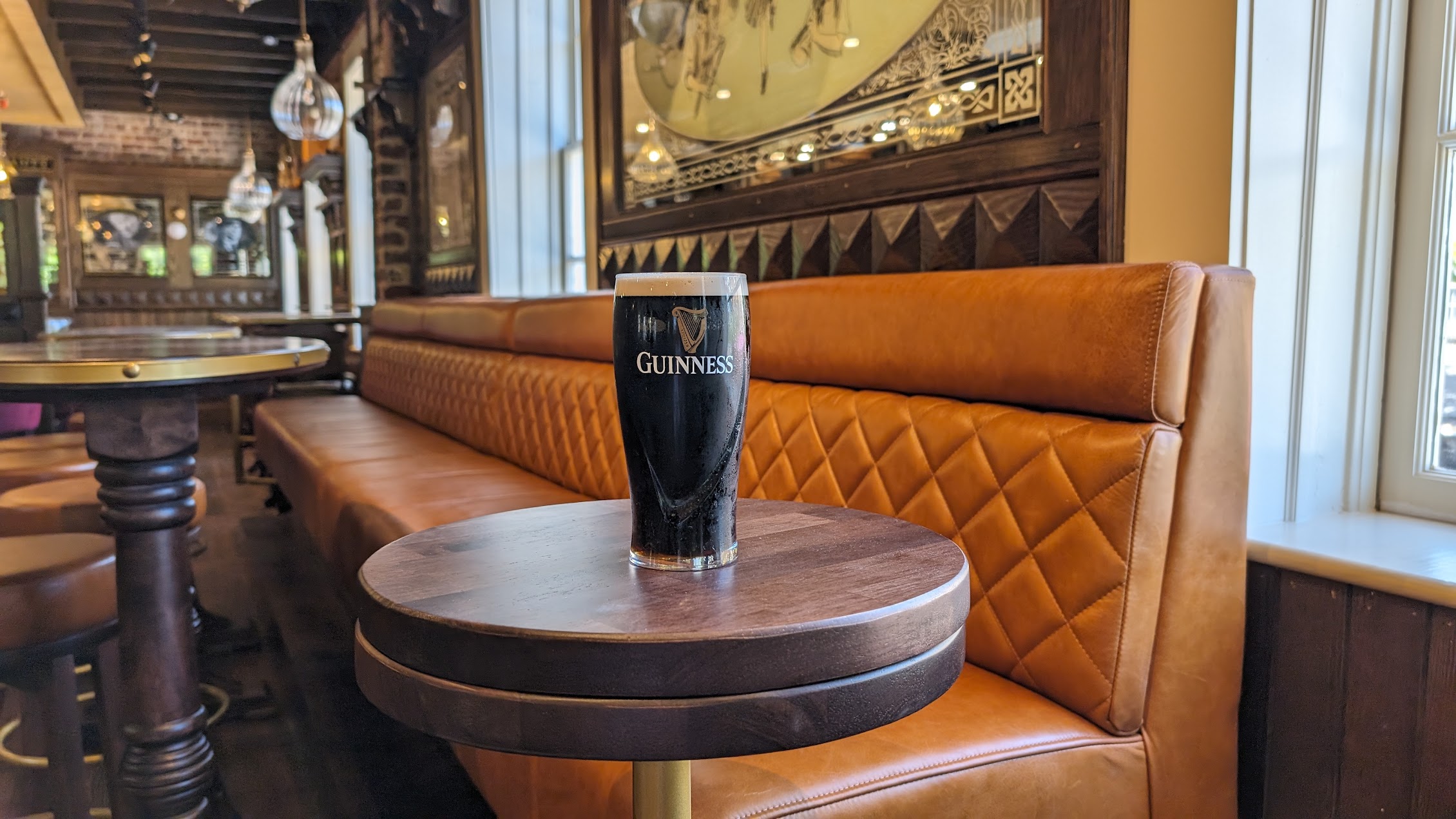
Understand Your Pub’s Theme and Audience
Your pub’s theme is the foundation for menu creation. Is it a traditional Irish pub like many designed by the Irish Pub Company, with an emphasis on hearty comfort food, or a more modern gastropub with fusion dishes? Knowing your audience’s expectations helps shape the food and drink selections. For example, an Irish pub in a touristy area might feature iconic Irish dishes, while a city-centre gastropub may lean into locally-sourced, artisanal options.
Tailor the Menu to the Theme
The Irish Pub Company, for instance, has crafted menus for clients based on specific themes and regions, ensuring that each dish feels like a natural part of the overall experience. A pub in Dublin might feature classics like bangers and mash or Irish stew, while a pub in Germany might add regional twists to Irish favourites.
Choose the Right Menu Layout
A menu layout that’s easy to navigate will enhance the dining experience. People often scan menus in a Z-pattern, so place your most popular or profitable dishes in the upper left or right corners.
Make Use of Sections
Divide your menu into logical sections—Starters, Mains, Sides, Desserts—to make choices easy for customers. Keep descriptions short and enticing, focusing on the main ingredients and unique flavours.
Highlight Specials and Pairings
Offering recommended drink pairings can elevate the menu and boost sales. The Irish Pub Company once featured Guinness-braised beef stew paired with a pint of stout in one of their pubs, which turned out to be a crowd favourite. Small pairing notes can guide customers in crafting a well-rounded dining experience.
Incorporate Customer Favourites and Local Flavours
Adding popular pub classics is a must, but consider incorporating a few local flavours or ingredients. This not only supports local producers but also resonates well with the community.
H3: Keep the Menu Fresh with Rotating Specials
Regulars love to see new dishes, so a rotating specials section can keep the menu exciting. Seasonal ingredients, limited-time offers, or chef’s specials are great options. A pub in a seaside town might feature a catch-of-the-day special, keeping it fresh and local.
Mind pricing and local costs
Pricing should cover the cost of ingredients while also providing a reasonable profit margin. But it’s a delicate balance—pub-goers expect value and quality. Consider portion sizes, ingredient costs, and competitor prices.
Price According to Popularity and Cost
Mark up popular items slightly more, while keeping staple pub dishes reasonably priced. This way, the crowd-pullers help subsidise pricier ingredients or labour-intensive dishes.
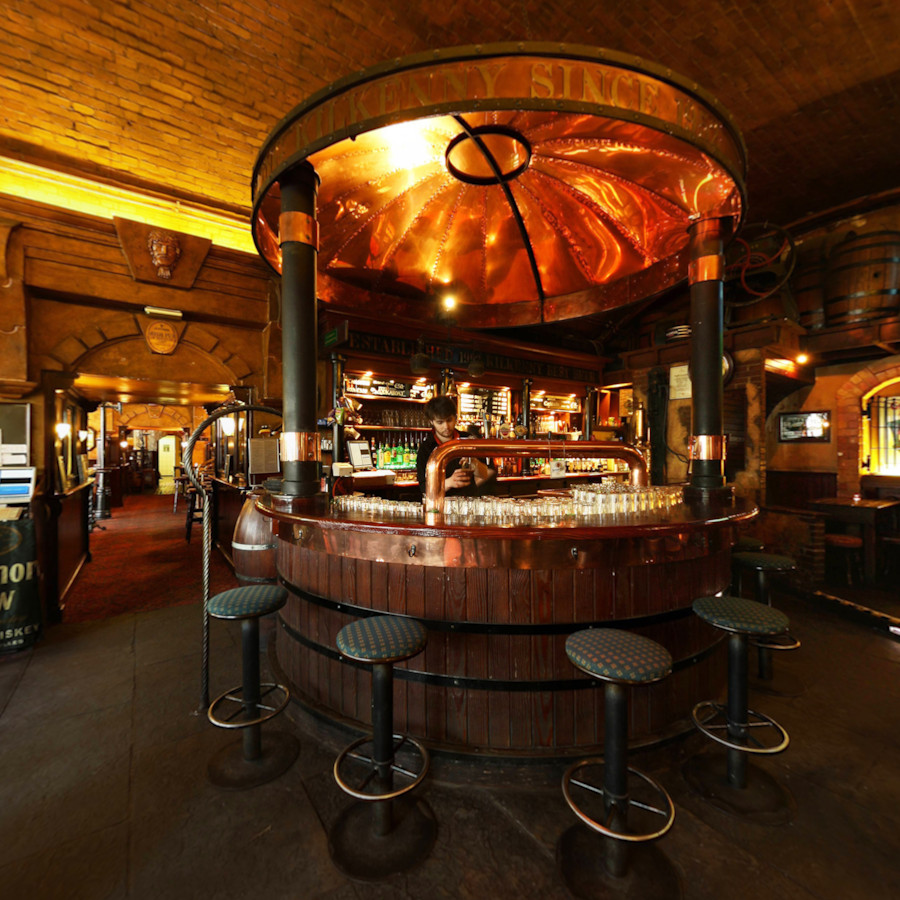
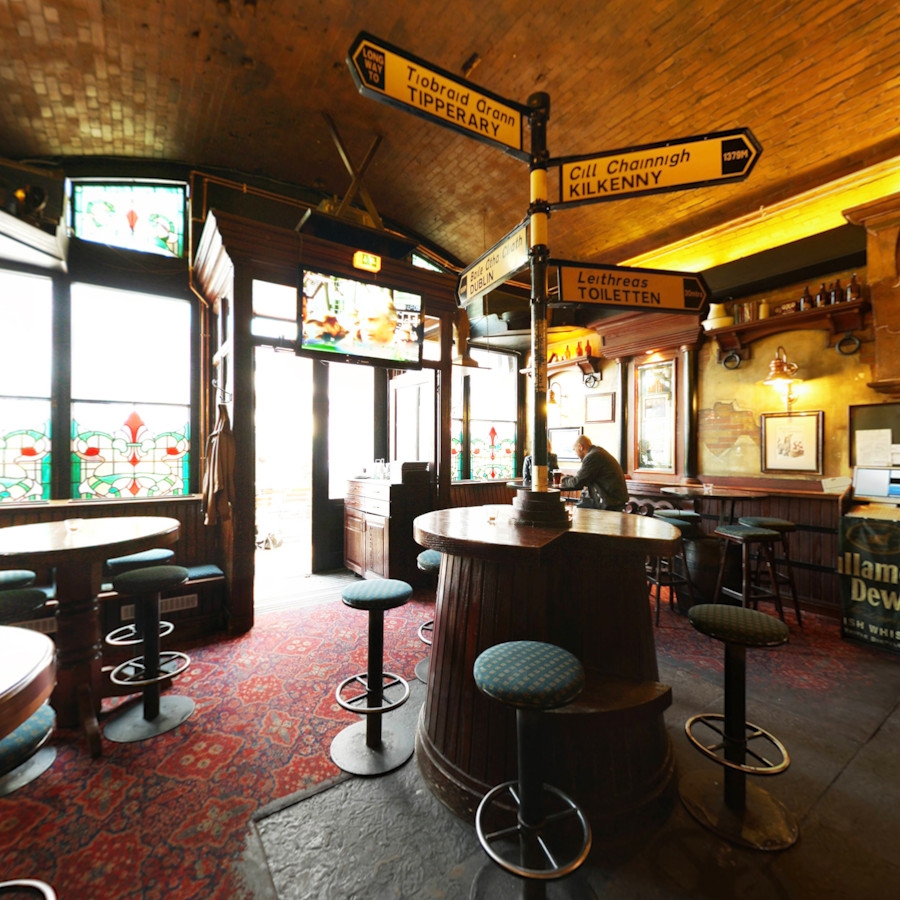
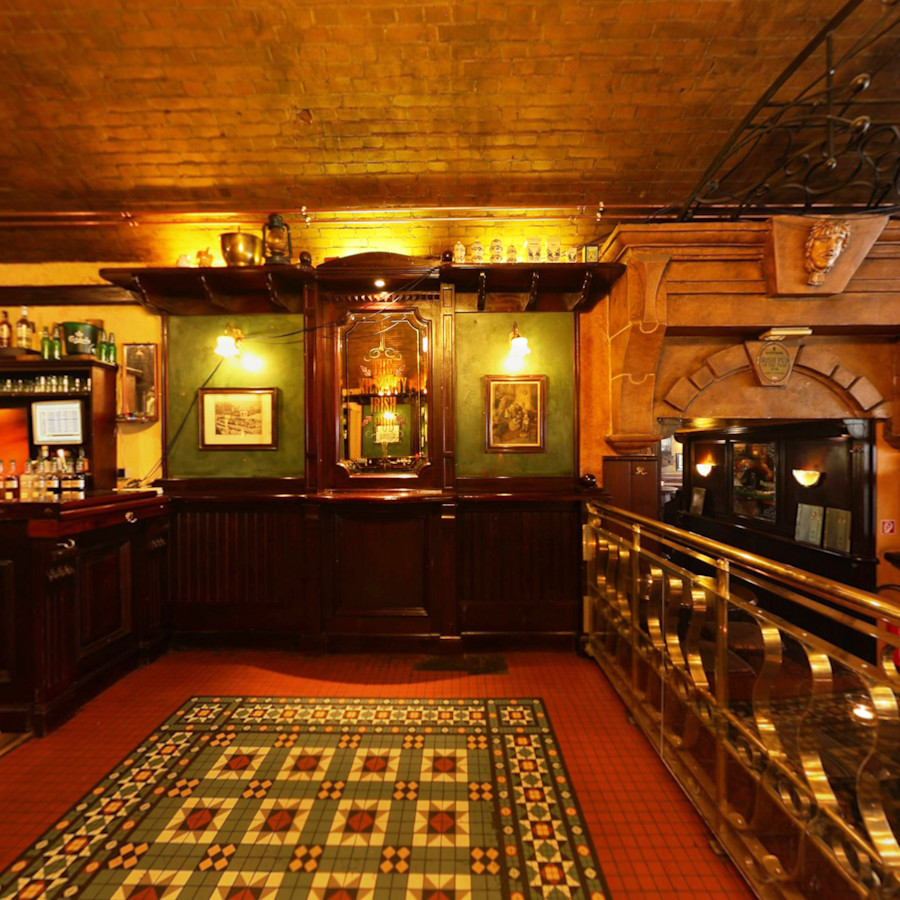
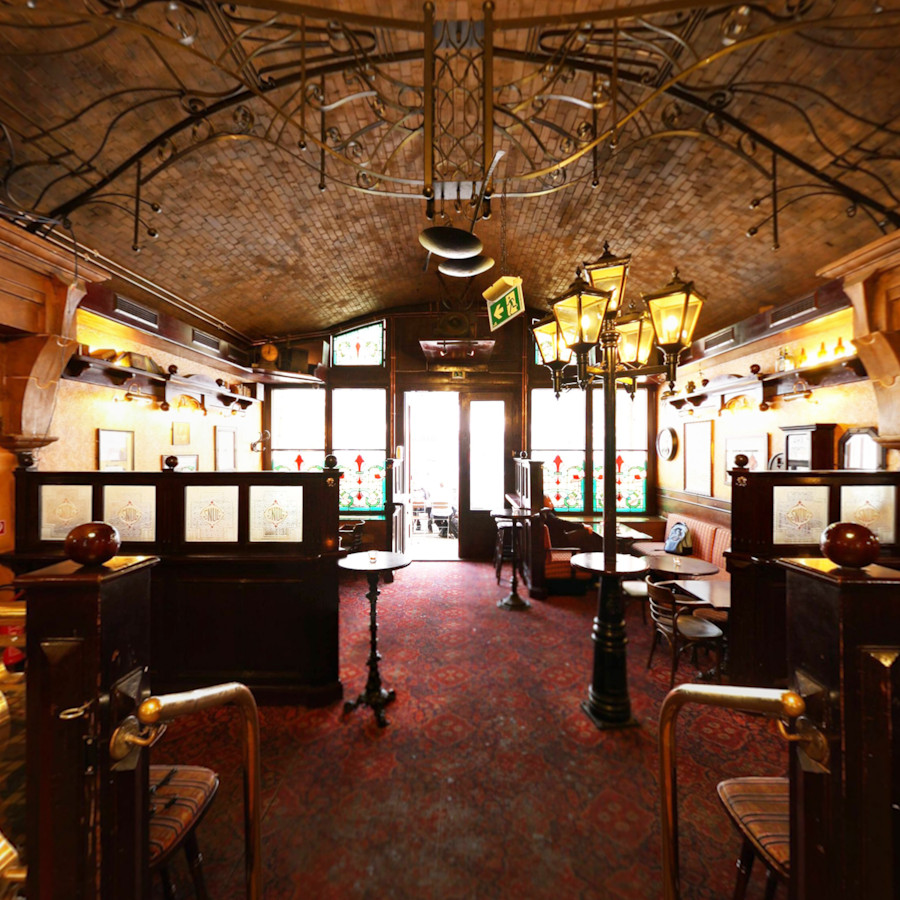
Conclusion and case study
Well leave you with a final example the Kilkenny Pub, a classic Irish pub where the menu showcases both traditional and modern Irish flavours. With guidance from the Irish Pub Company, the pub introduced a “Sunday Roast” as a signature dish, attracting locals and tourists alike. This dish, paired with the pub’s own Irish whiskey, became a hit due to its authenticity and careful flavour matching.